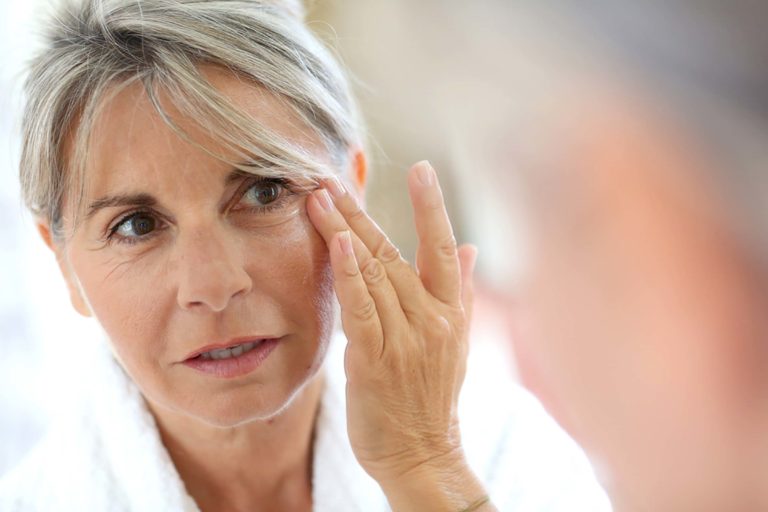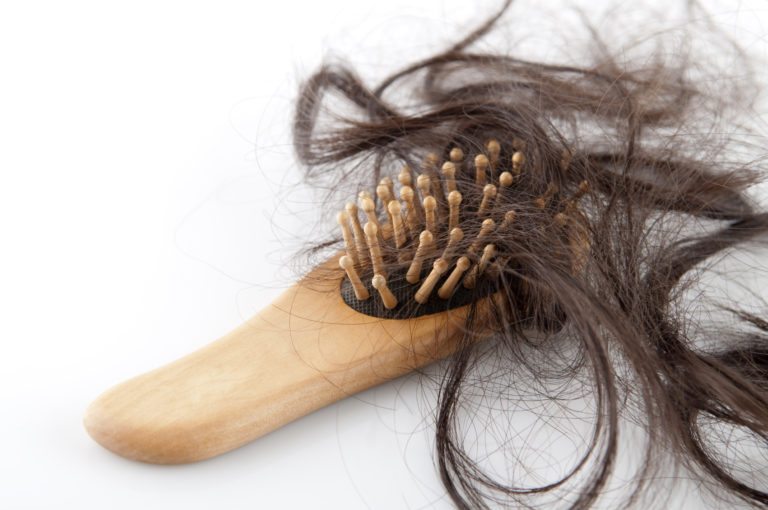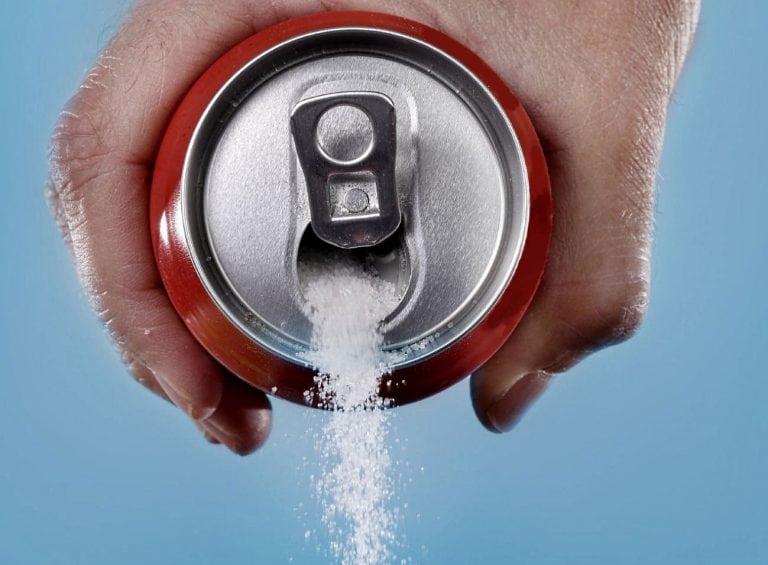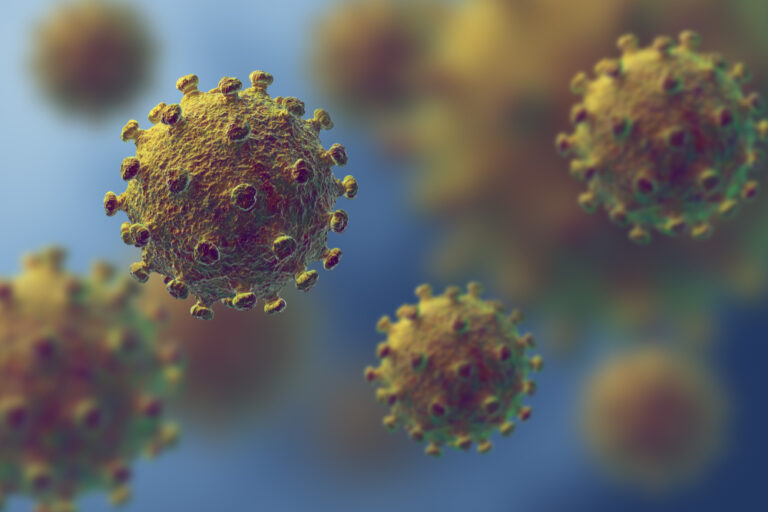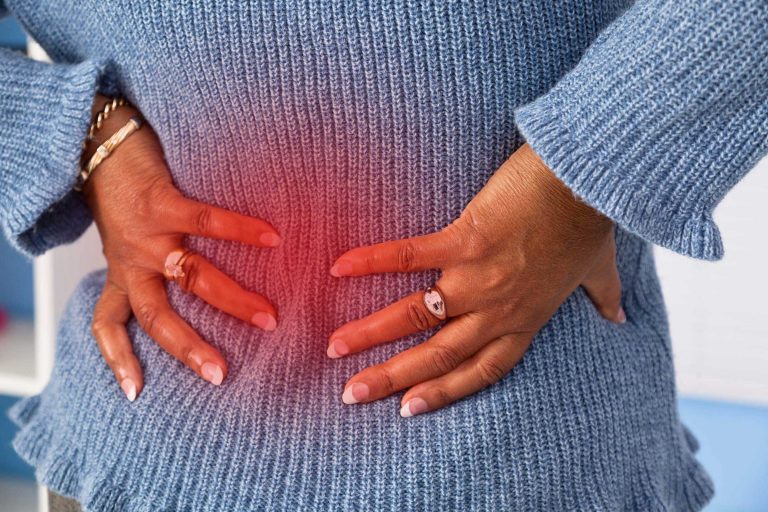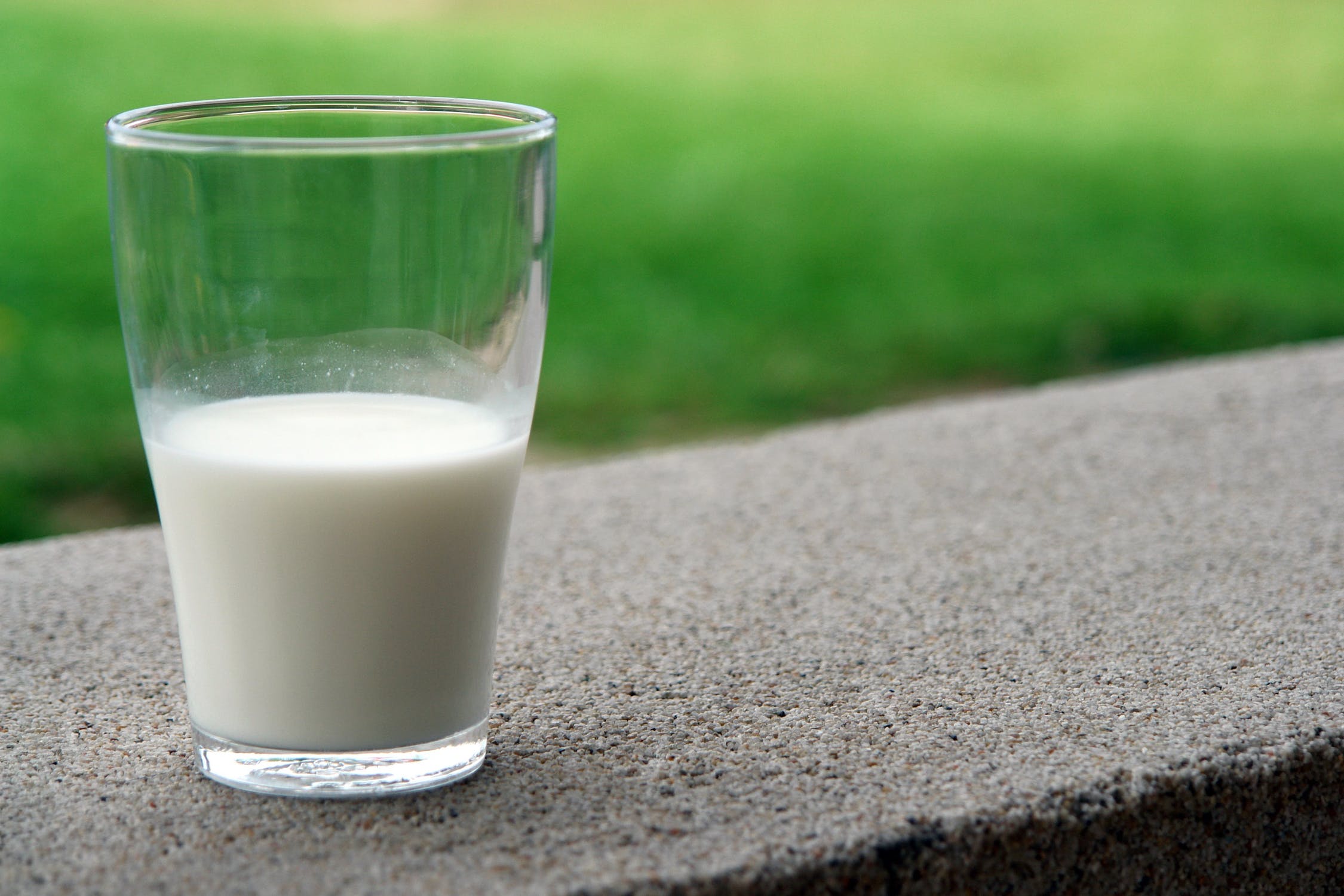
Calcium is an essential mineral that keeps your body functioning well. Most people know that calcium is associated with bones and teeth. In fact, 99 percent of the calcium that you consume is used to keep your bones and teeth strong and healthy according to Vanessa Rissetto, a registered dietician and nutritionist in Hoboken, New Jersey, and former senior dietitian at Mount Sinai Hospital in New York City.
Calcium is also needed to help your muscles move and ensure your nerves can carry messages according to the National Institutes of Health (NIH). Additionally, calcium helps your blood move through your body and clot, and is important for the release of hormones and enzymes that control a range of bodily functions from digestion to menstruation. With so many important functions controlled by calcium, it’s critical to make sure that you don’t suffer from calcium deficiency.
How much calcium is enough to avoid calcium deficiency?
Each day we naturally lose calcium when we shed nails, skin, or hair, use the bathroom, or sweat, according to the National Osteoporosis Foundation. Although calcium is always leaving our body, it’s impossible for our bodies to make more calcium. Because of this, we need to make sure we’re getting enough calcium in our diets so that we don’t develop a deficiency.
So, how much calcium should you be getting? It depends on how old you are. Here are the recommended daily intakes from the NIH:
- Infants younger than 6 months need 200 milligrams of calcium each day, which can come from breast milk or infant formulas. Unlike any other age group in the U.S., nearly 100 percent of infants get the calcium intake they need, whether they’re breastfed or on formula, which means unless you have a preterm infant or baby with other special dietary needs, you shouldn’t have to worry about your infant’s calcium intake.
- Infants 7 to 12 months need 260 milligrams of calcium each day. Since yogurt can be introduced into a baby’s diet once they’re over 6 months old, a 4-ounce serving of plain, low-fat yogurt (207.5 mg according to the NIH) and a cup of kale baby food (90.5 mg) would exceed an older baby’s need by 38 grams while diversifying their diet.
- Kids ages 1 to 3 need 700 milligrams of calcium each day. According to the NIH, a slice of white bread, a half cup of cottage cheese, a cup of calcium-fortified orange juice, and a cup of whole milk would exceed a toddler’s daily need by 66 mg.
- Kids ages 4 to 8, adults ages 19 to 50, and men over 50 need 1,000 milligrams of calcium each day. A cup of black-eyed peas, 24 almonds, a cup of frozen, boiled collards, a quarter block of tofu, plus the cup of orange juice mentioned above (all plant based!) would exceed a child or adult’s need by 149 mg. Of course dairy, fish, or meat sources of calcium can be swapped in, too.
- Kids and teens ages 9 to 18 need 1,300 milligrams of calcium each day. Adding a cup of trail mix (nuts, seeds, and chocolate chips—which contains approximately 159 mg of calcium) to the selections listed above will ensure they consume 8 mg over their recommended daily value.
- Women over 50 and all people over 70 need 1,200 milligrams of calcium each day, meaning people in these age ranges can aim to consume the same amount of calcium-rich foods we’ve recommended for kids, teens, and adults of other ages.
Why is vitamin D important to help avoid calcium deficiency?
In order to make sure that your body is getting enough calcium you need to get enough vitamin D as well. This is important because your body needs vitamin D in order to properly absorb calcium into your bones.
“Vitamin D helps to put calcium into the correct location, the bones, rather than the blood vessels and the arteries,” says Prudence Hall, MD, author of the book Radiant Again & Forever.
Vitamin D is most readily found in sunlight, according to the NIH. When ultraviolet rays from sunlight hit your skin, they trigger vitamin D synthesis. This releases vitamin D into your system, which in turn helps with the absorption of calcium. However, wearing sunblock can affect the production of vitamin D, since even an SPF 8 reduces vitamin D production by 95 percent. This can make it harder to absorb calcium. It can also be difficult to get enough vitamin D during the darker winter months.
Because of this, many people need to turn to food or supplements to get additional vitamin D. Vitamin D is found in fish including tuna, salmon, and mackerel. Other foods including milk, orange juice, and cereals are fortified with vitamin D. However the most foolproof way to make sure that you’re getting enough vitamin D to avoid calcium deficiency is to take a vitamin D supplement.
Note that scientists are learning that vitamin D isn’t the only vitamin that is essential to preventing calcium deficiency. Researchers are beginning to look more closely at how vitamin K affects calcium absorption and bone strength. It is believed that vitamin K can help keep calcium in the bones and out of the blood. People who are concerned about calcium deficiency should consider supplementing their diets with vitamins D and K, Hall says.
What are the signs of calcium deficiency?
It can be hard to tell if you’re not getting enough calcium from your diet. That’s because rather than showing symptoms, your body will begin pulling calcium stores from your bones in order to perform essential functions and compensate for the calcium deficiency according to the NIH.
Over time you may begin noticing that your nails and teeth appear more brittle or weakened, Rissetto says. That can be an early warning sign that something is wrong.
“Healthy nails and teeth aren’t necessarily a sign of sufficient calcium intake, but they are an indicator,” she says.
Over time, the symptoms of calcium deficiency can become more alarming. Numbness in your hands and feet, tingling in your fingers, and abnormal heartbeat can all be signs of calcium deficiency according to the NIH. Depression, muscle cramps, and memory loss can also be signs of calcium deficiency, Rissetto says.
Since calcium deficiency can be hard to detect until it becomes severe, Rissetto suggests talking to your doctor if you are experiencing any of the symptoms of calcium deficiency. Oftentimes people wait until they break a bone to discuss calcium deficiency, but by that point the calcium deficiency is already severe. She also notes that people who are concerned about their vitamin D levels should talk to their doctors, since that can directly contribute to calcium deficiency.
Who is most at risk for calcium deficiency?
Most Americans get enough calcium from their diets and do not need to supplement in order to avoid calcium deficiency according to the NIH. However, some groups are at a higher risk and should closely monitor their calcium intake and consider whether they need to take a supplement. These include:
- Postmenopausal women: Women who have gone through menopause absorb calcium less effectively. “Postmenopausal women are at greatest risk for calcium deficiency due to the acceleration of bone breakdown after 30 and the decrease in estrogen levels after menopause,” Rissetto says. A study published in the American Journal of Clinical Nutrition found that the decrease in the ability to absorb calcium begins at menopause and continues with age, so older women should be on the lookout for signs and symptoms of calcium deficiency.
- Vegetarians and vegans: People who eat a plant-based diet are at increased risk because they do not eat dairy, which is the main source of calcium in most people’s diets. These people should take care to eat foods that fit with their lifestyle and are rich in calcium.
- Amenorrheic women: Women who do not get a regular period are more at risk for calcium deficiency. One cause of amenorrhea (not getting a period) is insufficient diet, and women who are not eating enough are more likely to experience calcium deficiency. Women should work with the doctors to find and treat the underlying cause of their amenorrhea to ensure they are getting enough of the essential vitamins, minerals, and nutrients their bodies need.
- Pregnant women: They need to get enough calcium to support their bone health and that of their growing baby. “The fetus requires its bony structure to be made of calcium, which it takes from the mother,” Hall explains. That can leave mothers at a greater risk for calcium deficiency.
What foods can help me avoid calcium deficiency?
Calcium is most readily associated with dairy, but there are plenty of other foods that are rich in calcium, including vegetarian and vegan options. “Americans [typically] get adequate calcium in their diets, because calcium is found abundantly in leafy greens, seeds, sardines, beans and lentils, cheeses, and almonds,” Hall says.
The National Osteoporosis Foundation maintains a list of calcium-rich foods. Incorporating these foods into each meals can help you avoid calcium deficiency.
- Milk: One cup of milk contains about 300 milligrams of calcium, making this a great source of the mineral.
- Collard Greens: Although most people think of dairy when they think about calcium, a cup of collard greens packs 360 milligrams of calcium, more than a similarly sized serving of dairy. This and other dark, leafy vegetables are great sources of calcium for vegetarians and vegans who want to avoid calcium deficiency.
- Fortified Beverages: Many beverages including almond milk and orange juice have calcium added. A cup of these drinks can give you 300 milligrams of calcium, the same amount as a glass of milk.
What other conditions are associated with calcium deficiency?
Since calcium affects many of your bodily functions, calcium deficiency is associated with medical conditions that can be caused or made worse by not getting enough calcium in your diet. These include:
- Osteoporosis: This occurs when the body loses too much bone, or makes too little, according to the National Osteoporosis Foundation. Over time the bones develop a porous or honeycomb structure, and can break quite easily. The condition is very common in older adults, affecting half of women over 50 and a quarter of men over 50. Since calcium is important to strong bones, it can help prevent osteoporosis by keeping bones from weakening. Scientific studies like this one published in the journal Public Health Nutrition have concluded that getting the recommended dose of calcium (and vitamin D) is a safe and effective way to gain some protection against osteoporosis. However, since there are many diseases and conditions (including hormonal changes) that can contribute to osteoporosis, avoiding calcium deficiency does not guarantee that you will not get the disease.
- Hypocalcemia: This condition occurs when there is a calcium deficiency in the blood. The symptoms of hypocalcemia include muscle cramps or spasms, tingling in the fingers or toes, irritability, and mood changes. Although hypocalcemia is characterized by a calcium deficiency, it is most often caused by an underlying thyroid condition in which the thyroid does not produce enough of a hormone that helps to regulate calcium levels. The development of hypocalcemia is most often associated with thyroid surgery and autoimmune disease. However, since the condition causes calcium deficiency, treatment includes supplementing with calcium and vitamin D.
- Neonatal Hypocalcemia: This occurs when infants experience a calcium deficiency during the first week of life. A baby with calcium deficiency might have trouble feeding, be jittery, or have seizures. Babies who are born premature, have a low birth weight, or whose mothers had diabetes during pregnancy are most at risk for this form of calcium deficiency. Luckily, the condition is easily treated by giving babies a calcium supplement. If you’re eating a well-balanced diet, even if it is vegetarian or vegan, you are likely getting enough calcium. However, calcium deficiency can be a serious condition that affects your health and quality of life, and it can exacerbate certain serious health conditions, meaning it’s important for women of all ages to know the signs and symptoms of deficiency.



